- Home
- About
- Services
- Blog
- Contact
- Home
- About
- Services
- Blog
- Contact


WeSolve helps you turn traffic into sales with tailored digital marketing strategies, SEO, and automation. Watch your website become your best salesperson.
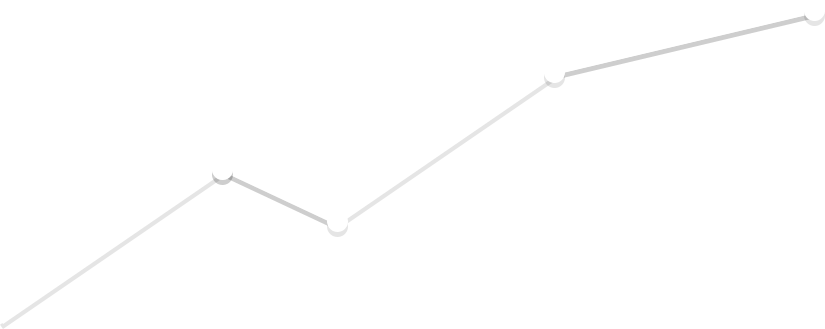






Maximize ROI with targeted Google & Meta Ads. Our team designs cost-effective, high-conversion PPC campaigns built to reach your audience anywhere—especially on mobile.





From Facebook to TikTok, we build engaging campaigns that grow your brand, drive leads, and boost visibility. Let WeSolve turn your social presence into real results.
Your Website is a Leaky Bucket: 3 Ways to Fix Your Conversion Funnel
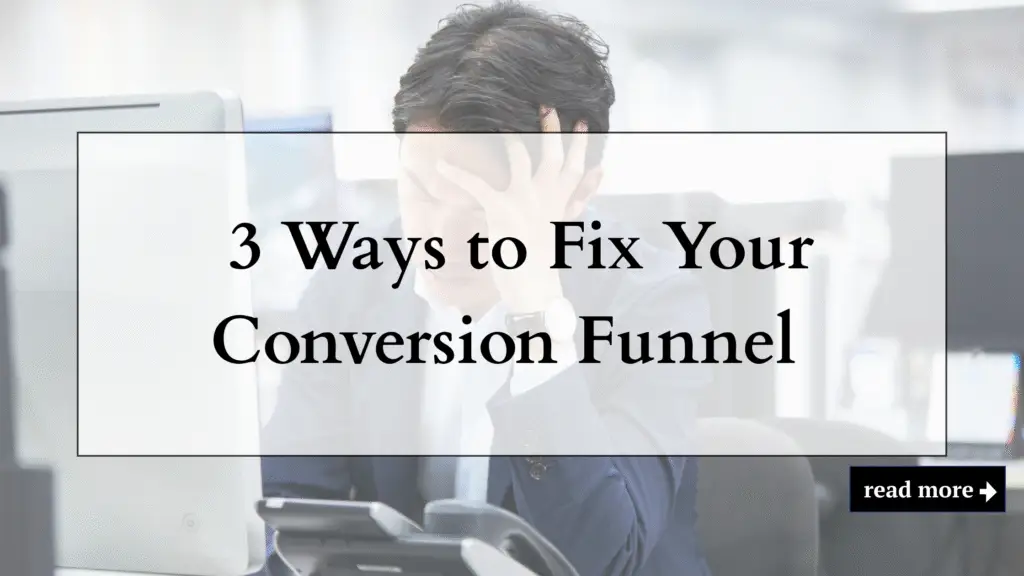
Your Website is a Leaky Bucket: 3 Ways to Fix Your Conversion Funnel (The Definitive Guide to B2B Conversion Rate Optimization)
I. The Conversion Funnel Crisis: Diagnosis and Benchmarking for Digital Marketing Success
The success of any online business, particularly in the specialized B2B sector, hinges on the efficiency of its conversion funnel. When a website is described as a “leaky bucket,” it signifies that valuable traffic—potential customers interested in specific products or services—is dropping off at various stages before completing a desired action. Identifying these leaks is the crucial first step toward optimizing a digital marketing strategy for sustainable growth.
A. Defining the Leaky Bucket: Identifying Funnel Stages and Drop-off
The conversion funnel framework visualizes the customer journey, typically divided into three core stages. The Top of Funnel (TOFU), or Awareness stage, focuses on attracting the target audience. The Middle of Funnel (MOFU), or Consideration stage, involves educating prospects and building trust. Finally, the Bottom of Funnel (BOFU), or Conversion/Decision stage, drives the final transaction or commitment, fulfilling the digital selling strategy.1
Effective diagnosis requires sophisticated analytical tools to identify precisely where and why leakage occurs. Marketing teams must go beyond simple click counts by utilizing web analytics, session replays, path analysis, and feedback surveys to gather actionable data.3 For businesses specializing in Managed IT and high-commitment consulting, the complexity lies in the prolonged, multi-stakeholder decision cycle. In these B2B contexts, leakage often occurs most acutely at the MOFU stage, where leads require extensive nurturing and qualification.4 Inefficient lead prioritization, poor lead routing processes, and messy or outdated Customer Relationship Management (CRM) data severely hinder the sales team, resulting in missed opportunities and a poor overall return on investment (ROI).4 To maximize the results of any digital marketing strategy for business, lead qualification efficiency must be maximized.
B. Conversion Rate Benchmarks and the ROI Imperative
To implement effective conversion rate optimization (CRO), establishing a performance baseline is essential. The global average website conversion rate stands at 3.68% across all industries.5 However, in highly specialized B2B sectors like professional services, the actual rates are often much lower.
The analysis of specialized industries shows a significant discrepancy in conversion performance:
| Industry Vertical | Average Conversion Rate | Primary Funnel Focus | Key Metric |
| Legal Services | 7.40% | Service Inquiry (Macro) | MQL Conversion Rate 6 |
| Real Estate | 2.80% | Lead Generation/Consultation | Average Session Duration 6 |
| IT & Managed Services | 1.50% | Qualification/Demo Request (MOFU) | SQL Conversion Rate 6 |
| PPC Landing Pages (Top 10%) | 11.45% | Targeted Offer/Immediate Action | Click-Through Rate (CTR) 5 |
The average conversion rate for the IT & Managed Services industry is strikingly low at just 1.50%.6 This figure confirms that B2B leads in this sector are pursuing high-commitment, high-trust services and are therefore meticulous in their evaluation process. This necessitates that the majority of CRO efforts must be strategically shifted toward robust MOFU lead qualification and personalized nurturing, rather than solely optimizing the final transaction at the BOFU stage.
The goal for high-performing digital agencies is not simply to meet this low average but to target the top performance tiers. For instance, top 10% PPC landing pages achieve conversion rates of 11.45% or higher, demonstrating the potential when focusing on highly targeted intent.5 Achieving such elite performance requires leveraging the keyword funnel concept, ensuring that content aligns with the buyer’s journey. This alignment allows the high-intent keywords used in BOFU assets (like service pages) to be justified by the educational, problem-solving content in TOFU and MOFU assets (like this blog post), thereby optimizing the complete path to purchase.1 This focus on quality and efficient qualification, supported by clean, updated CRM data, is paramount to prevent poor decision-making and maximize conversion outcomes.4
II. Fix One: Shore Up the Foundation with Technical and Mobile Excellence
Technical performance is no longer merely a component of search engine optimization; it is a direct, quantifiable lever for Conversion Rate Optimization. A slow or poorly functioning website creates a major, invisible leak in the funnel, often eroding revenue before the marketing message even has a chance to resonate.
A. The Velocity Imperative: Site Speed and Conversion Penalty
The speed at which a website loads correlates directly with visitor engagement and propensity to convert. For B2B firms, the impact of latency is profound. A business website that loads in 1 second achieves a conversion rate 3 times higher than one loading in 5 seconds, and an astonishing 5 times higher conversion rate than a site loading in 10 seconds.8
The financial penalty of slow loading times is significant. Research indicates that if a page load time exceeds 4.2 seconds, the conversion rate generally drops below 1%.9 Conversely, even marginal speed improvements yield tangible revenue gains: Walmart found that for every 1-second improvement in page load time, conversions increased by 2%.9 Moreover, poor speed rapidly leads to traffic loss, as the probability of a visitor bouncing increases by 32% when load time extends from 1 second to 3 seconds.8 This traffic attrition immediately undermines all other online marketing efforts.
B. The Core Web Vitals (CWV) Mandate and the New Focus on Interactivity
Google’s Core Web Vitals (CWV) provide a structured way to measure real-world user experience (UX) and are now integral search ranking factors.10 These metrics—Largest Contentful Paint (LCP), Cumulative Layout Shift (CLS), and the new Interaction to Next Paint (INP)—determine the health of a site. Achieving high scores across these metrics is a non-negotiable step on the technical seo checklist.12
The recent replacement of First Input Delay (FID) with Interaction to Next Paint (INP) fundamentally changes the technical optimization mandate.11 INP measures how quickly a page responds to user inputs after it has initially loaded, covering crucial B2B conversion points such as submissions on contact forms, navigation interactions, and complex application processes.11 When targeting the specific B2B audience—whose funnel journey relies on interactive demos and intricate lead forms—responsiveness on these post-load elements is critical. Any technical deficiencies here immediately translate into frustrated prospects and lost conversion opportunities.
C. The Financial ROI of Mobile and UX Design
Optimizing the digital infrastructure represents a high-leverage investment, demonstrating a clear path to improve digital marketing results. The strategic necessity of technical optimization is confirmed by the quantifiable return on investment from enhancing user experience. Definitive research from Forrester shows that every dollar invested in UX yields a return of $100 (a remarkable 9,900% ROI).13 Furthermore, a well-executed, frictionless UX design can raise conversion rates by up to 400%.14
This investment is critical given that nearly 60% of web traffic originates from mobile devices.15 A lack of mobile optimization creates substantial leakage: a single one-second delay in mobile page load can cause conversions to fall by up to 20%.8 Therefore, maximizing conversions requires implementing a fully responsive design, ensuring streamlined navigation, and utilizing thumb-friendly layouts with large, easy-to-tap calls-to-action (CTAs).15 Treating technical performance not as an optional cost but as a strategic business investment with clear, measurable ROI ensures that the underlying digital foundation is optimized for high conversion rates.
III. Fix Two: Build Unshakeable Credibility with Trust and Social Proof
For B2B customers, the decision to engage managed services or high-value consulting carries inherent risk. The second critical way to plug the funnel leak is by reducing this perceived risk using verifiable social proof and robust trust signals.
A. Harnessing Social Proof to Validate Authority
Social proof is a powerful psychological lever that validates brand authority and reduces buyer hesitation. In the digital age, this validation is crucial: 93% of consumers actively factor online reviews into their purchase decisions 18, and 91% of younger consumers trust them as much as personal recommendations.19
The conversion lift from displaying social proof is extraordinary. Products featuring reviews are 270% more likely to be purchased than those without.19 Sales pages with visible testimonials sell 34% more.19 For B2B enterprises, the format of the testimonial matters significantly. While text reviews are helpful, video testimonials are far more effective, delivering conversion rate increases of up to 80% compared to text-only approaches.18 This emphasis on video content creation provides the authenticity and context necessary for decision-makers in high-stakes environments.
It is important to understand that consumers seek authenticity over perfection. The optimal star rating for maximizing purchase likelihood is not a perfect 5.0, which can often be viewed suspiciously, but a range between 4.2 and 4.5 stars.18 A systematic strategy for review collection and display, ensuring they are integrated near key decision points (like pricing pages or CTAs), closes a significant competitive gap, as 92% of consumers hesitate without reviews, yet many B2B companies lack consistent collection processes.18 This systematic approach strengthens the brand digital presence and converts satisfied customers into powerful conversion magnets.20
| Trust Signal | Actionable Metric | Conversion Lift/Impact | Target Buyer Concern (B2B) |
| Personalized CTAs | Outperforms generic versions | 202% better conversion rate 21 | Relevance/Stage in Buyer Journey |
| Customer Reviews | Displaying reviews (vs. none) | Up to 270% purchase likelihood increase 19 | Product Quality/Validation |
| Payment Badges (PayPal, Visa) | Visibility near checkout | Up to 81% increase in purchase likelihood 23 | Payment Security/Convenience |
| Video Testimonials | Use over text-only formats | Up to 80% conversion rate increase 18 | Authenticity/Trustworthiness |
| SSL/Security Badges | Properly placed on payment pages | Up to 42% conversion improvement 20 | Data Privacy/Checkout Friction |
B. Mitigating Transactional Anxiety with Security and Guarantees
Security and transactional anxiety are major leaks, particularly at the BOFU stage. Trust badges, such as SSL seals and payment processor logos, are small visual elements that communicate safety and legitimacy.23 When placed strategically, trust badges can boost sales by up to 32% and reduce cart abandonment by 20%.20
The visibility of accepted payment methods is crucial. Featuring logos of trusted payment brands, such as Visa, Mastercard (the most recognized), and PayPal (the most trusted brand), can increase purchase likelihood by 81%.23 The conversion lift driven by these security signals provides a measurable ROI for investments in robust cybersecurity and secure checkout infrastructure.23
Furthermore, clear guarantees and refund policies mitigate risk by transferring the perceived financial risk from the customer to the seller.20 Offering policies like a “100% money-back guarantee” or “satisfaction guaranteed” makes the purchasing decision feel safe, a powerful tactic for securing high-value B2B contracts.
IV. Fix Three: Precision Targeting through Personalization and A/B Testing Methodology
The final repair focuses on maximizing the value of existing traffic by delivering the right message to the right person at the right time, validated through scientific testing. This moves marketing efforts toward dynamic, user-centric experiences.
A. The Power of Personalized Engagement: 202% Better Conversions
One of the most impactful strategies in Conversion Rate Optimization is personalization. Personalized calls-to-action (CTAs) are dynamically adapted based on visitor data, such as their location, device, referral source, or stage in the buyer’s journey.15
The data on personalized CTAs is compelling: they convert an extraordinary 202% better than generic, one-size-fits-all CTAs.21 Moreover, customized CTAs tailored specifically to a visitor’s industry or interests convert 42% more visitors into leads.22 This massive lift occurs because personalization ensures that the content placed in front of the audience aligns precisely with their immediate interests and buying stage.
For a specialized business, this means tailoring content based on known user intent. For example, a visitor arriving via a search for “best outsourced lead generation” (a MOFU search) should see a CTA offering a “Competitive Strategy Assessment,” rather than a generic “Sign Up for Our Newsletter.” Even minor adjustments to CTA copy can yield exponential results, as demonstrated by a case study where tweaking the copy from “Book a Demo” to “Get Started” increased conversions by 111.55%.21 Implementing dynamic personalization tools is therefore a key element of digital marketing tricks and tips for achieving superior conversion efficiency.
B. Optimizing Conversion Pathways and Minimizing Friction
Friction is a major cause of funnel leakage, especially during the lead acquisition process.7 While B2B companies require detailed information to qualify leads (MQLs and SQLs), long forms deter users. Research points to three fields as the ideal number to maximize form conversion rates, adhering to the principle of “less is more”.25
A conflict exists between the need for brevity and the requirement for qualifying data in B2B transactions. The solution lies in employing sophisticated techniques like progressive profiling and robust lead scoring.4 By initially collecting only essential contact details (Name, Email), a business reduces the immediate barrier to entry. Subsequent nurturing campaigns or later form fills can then be used to progressively gather the necessary qualification details, ensuring the sales team receives high-quality leads without overwhelming the prospect at the initial touchpoint.
C. The CRO Methodology: A/B Testing Your Value Proposition
Conversion Rate Optimization is not based on guesswork; it is a scientific discipline relying entirely on A/B testing.26 This process allows marketers to make data-driven decisions that translate into scalable changes.26
The testing focus must be placed on high-impact elements and high-leverage pages, such as pricing, checkout, and specific service landing pages.15 The single most crucial element to test is the Value Proposition and supporting headline copy.27 For new visitors arriving from targeted advertising, testing different landing page layouts and ad copy is vital to ensure consistency and coherence across the journey.28 The fundamental rule of this scientific methodology is the “Rule of One Change,” ensuring that only one variable is altered per test. This provides accurate measurement of impact and prevents confounding factors from obscuring genuine results.15 This rigorous approach to A/B testing is a foundational element of any successful strategic marketing tactics.
V. Actionable Strategy: Linking and Keyword Integration for WeSolve.ca
The overall strategy of this report centers on providing high-value information to prospective clients, while naturally integrating high-volume, high-intent keywords such as best roi digital marketing, marketing increase sales, and digital marketing agency.29 By establishing topical authority in conversion rate optimization and digital marketing strategies for business, the report leverages its search equity to drive high-quality traffic to the appropriate service pages.
The integration of internal links is designed to convert informational intent into commercial intent, ensuring that the reader understands how WeSolve’s technical expertise solves the specific problems highlighted in this report (i.e., Fix 1, the technical foundation).
VI. Conclusion: Plugging the Leaks for Sustainable Business Growth
Fixing a website described as a “leaky bucket” requires an integrated, strategic approach that moves beyond superficial design changes. The data overwhelmingly confirms that funnel efficiency is achieved through a symbiotic relationship between three critical areas:
- Technical Excellence (Fix 1): Addressing the root cause of high bounce rates and poor traffic quality by focusing on site speed, mobile UX, and Core Web Vitals (especially INP for interactivity). Failure here negates all subsequent marketing investment, while success yields an enormous ROI, with UX investments returning $100 for every dollar spent.13
- Unshakeable Credibility (Fix 2): Building trust in high-stakes B2B environments through the systematic deployment of social proof (reviews, testimonials) and security signals. Personalized CTAs and video testimonials provide triple-digit conversion lifts, while visible security badges drive sales increases of up to 32%.18
- Data-Driven Precision (Fix 3): Maximizing the efficiency of every visitor through dynamic personalization (yielding 202% better conversions) and minimizing friction through smart form design.21 A/B testing is the scientific discipline that sustains this optimization, focusing efforts on the high-leverage elements of the value proposition.27
For B2B companies navigating the challenging 1.50% conversion environment of the IT and Managed Services sector, achieving superior funnel performance requires a coordinated commitment to these three fixes. This integrated approach is the proven path to accelerating lead qualification, ensuring that the digital foundation is sound, and ultimately delivering the highest potential ROI from all digital marketing strategies for business.